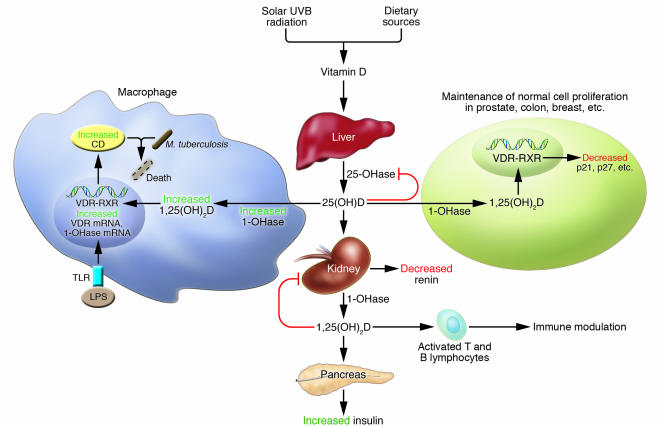Figure 5. Noncalcemic functions of 1,25(OH)2 D.
Vitamin D coming from the photoproduction of previtamin D or coming from the diet is converted in the liver to 25(OH)D by the vitamin 25-OHase. 25(OH)D is converted in the kidneys by 1-OHase. 1,25(OH)2D not only regulates calcium and phosphorus metabolism but can stimulate the pancreas to produce insulin and to downregulate the renal production of renin. 1,25(OH)2D also interacts with its nuclear receptor (VDR) in a wide variety of tissues and cells and helps maintain normal cell proliferation and differentiation. 25(OH)D can also be converted to 1,25(OH)2D in a wide variety of cells, including colon, prostate, and breast, for the autocrine production of 1,25(OH)2D. It is believed that the autocrine production of 1,25(OH)2D is important for regulating cell growth and maturation, which decreases risk of the cell becoming malignant. 25(OH)D also is metabolized in macrophages by the 1-OHase to produce 1,25(OH)2D. The expression of the VDR and 1-OHase is upregulated when TLR2/1 is stimulated by LPS. This results in an increase in the expression of the VDR and the 1-OHase. The increase production of 1,25(OH)2D increases the nuclear expression of cathelicidin (CD) in the macrophage, which is a cationic peptide that causes the destruction of infective agents including M. tuberculosis.

